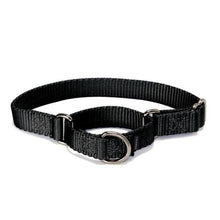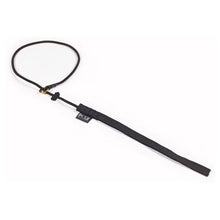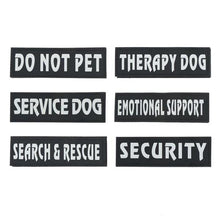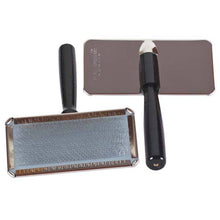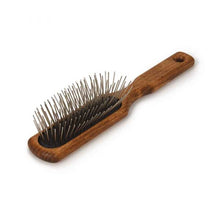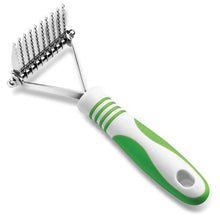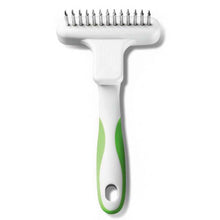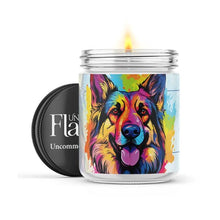How To Introduce Your Dog To Another Dog
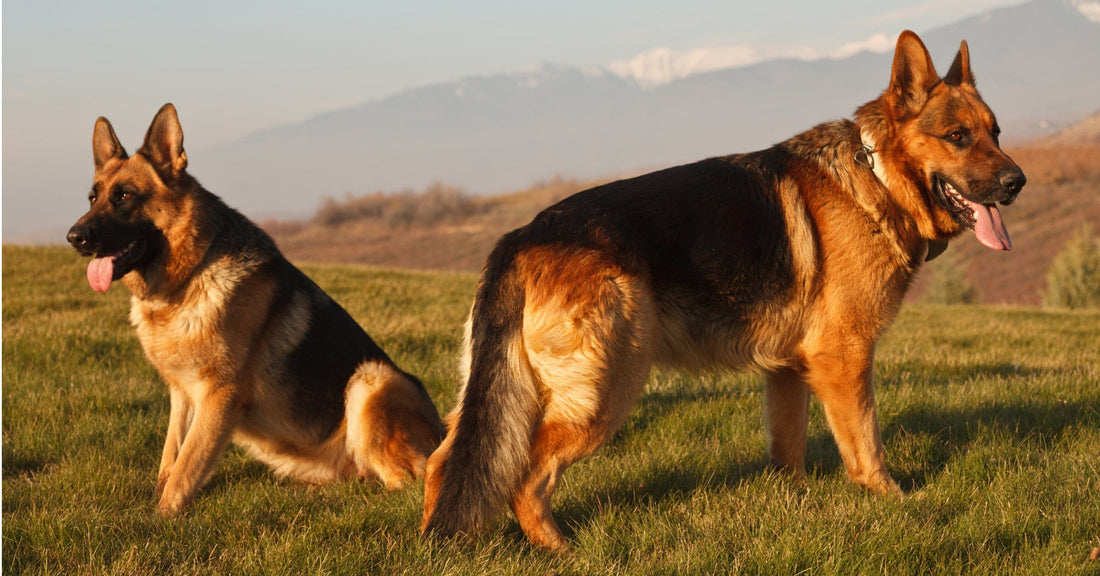
Will Rogers may not have been talking about dogs when he said, “You never get a second chance to make a first impression,” but his words ring true when introducing dogs to each other for the first time.
When two dogs are introduced, their first encounters with each other will set the tone for their future relationship. It's far easier to take the time to introduce dogs correctly than to try to undo the damage caused bad a negative first encounter.
Of course, the personality of the dogs involved is also very important. Some dogs love every dog they meet but those dogs are the exception and not the rule. And even then, it remains important to manage those introductions because the dog that they’re being introduced to may not be dog friendly and may even be dog reactive.

Have you ever been in this situation - you’re out with your dog when suddenly an out-of-control dog comes rushing toward you? You can hear the dog’s owner hollering, “Don’t worry, my dog is friendly.” You cringe inside because 1) you don’t know if their dog is truly friendly; 2) they have no idea how your dog reacts to strange dogs; and 3) you’re suddenly in a situation that has the potential to get out of control.
That scenario is an example of how not how to introduce dogs. This leads us to the most important aspect of making canine introductions, which is, both dogs need to be under control at all times.
Here are some tips on how to introduce dogs that are not dog reactive and don’t have behavior problems. The steps here are intended for dogs with some basic obedience training and handlers that can control them.
To introduce your dog to another dog:

- Maintain control with a leash.
The easiest way to do this is to be sure that both dogs are leashed, and that one person is handling each dog. A 6’ leash works well for this because it gives the dog some freedom of movement, yet the handler maintains control. Never use a retractable leash or a very long leash when introducing dogs.
- Introduce in neutral territory.
It’s best to introduce dogs on neutral territory with plenty of space around them and little distractions. The neutral territory will help to prevent guarding or territorial behavior and gives the dogs plenty of space to see each other before they get physically close.
German shepherds are naturally protective, so owners need to be mindful that their dog doesn’t feel the need to guard or protect them from the new dog. To prevent this stay upbeat, happy, calm, and reassuring. Offer high-value treats for good behavior, just as you would in any location with other dogs present.

- Allow the dogs to check each other out
With plenty of distance between the dogs, allow them to check each other out. Keep each dog on one side of the open space or one on each side of the street. Allow the dogs to view each other while walking in the same direction. Maintain calm but expect them to be interested in each other and have some level of excitement. Reward calm behavior when the dog focuses on you. Don’t get stressed and stay relaxed and neutral about the other dog being there.
Continue walking back and forth until the dogs are no longer overstimulated when they see each other. The less they pay attention to what the other dog is doing the better but it's normal for them to stay aware and curious.
When the behavior of both dogs is calm, reduce the distance between them by a few feet. As long as both dogs remain relaxed and neutral toward each other, continue walking the dogs parallel with each other while offering praise and treats.

If one or both dogs seem stressed, you can always back off the introduction for the day or increase the space and start again. But as long as both dogs are comfortable, you can continue walking while slowly reducing the distance between them.
Getting closer.
Continue slowly closing the distance until you’re in a position where the dogs can pass each other, as you would pass any dog on the street or at the vet. At this point, if both dogs seem comfortable, it’s okay if they take a passing sniff and allow them to be curious about each other. However, it’s not yet the time to introduce them. If one or both dogs get reactive, have stiff body language, act aggressively, or get overstimulated, slow down the introductions and add some more space.
But as long as both dogs are relaxed and happy and seem comfortable with each other, you can continue walking them closer together. This may take more than one day, or you may get lucky and find the dogs enjoy being with each other. Just don’t rush this step.

Finally, they meet.
Once both dogs can calmly walk together with relaxed bodies, it is time to let them sniff each other and get to know each other better. If that goes well and they continue to walk together with no issues, you can let them off their leash in a fenced area. A neutral, outdoor area remains the best place to do this.
This is the ideal way to introduce two social dogs. If you’re unsure about how they’ll react to each other, a location where each dog can be on the other side of a chain link fence can be helpful. But don’t try this with dogs with fence aggression.
At-home introductions.
Obviously, slow and calm is the ideal way to introduce dogs but it’s not always possible. You may find yourself in a rushed situation where you suddenly have a new dog at your home. If this happens, it is still best to introduce the dogs in a neutral area before introducing the new dog to your home.

If you have a dog that is dog reactive or you’re taking in a reactive or aggressive dog, that is outside of the scope of this article and requires someone with experience in handling those situations and/or professional help.
But, for the average dog-friendly pet, it is possible to make faster introductions if you must. To make it easier, get some help so you can take the dogs for a walk together. Assuming there is no aggression, take as much time as you can so the dogs can get as comfortable as possible together.
When you get them home, be sure to make outdoor introductions in the front and backyard to ensure there are no problems, stiff body posturing, or fighting. If all goes well, take them inside but leave them on their leashes.

Before bringing the new dog inside, be sure that all toys, chews, beds, food dishes, etc. are put away to prevent guarding behavior. Be sure the dogs have plenty of space and that you have crates on hand to separate the dogs and give them breaks from each other.
Don’t feed them together. It may help to feed them in separate rooms or in a crate. Be sure they each have their own space, bed, and playtime. As time passes, you can get them used to the idea of eating in front of each other by giving them treats together and making corrections if you need to.
Don’t leave them alone unless they are crated until you’re 100% sure that they’re going to get along while you’re gone. This may take several days, weeks, or months until both dogs settle into their new routine. It’s not unusual for a new dog in the home to take a few months to adjust.

If you have minor problems, this is normal, and it will help deescalate the situation by providing each dog some space. For more serious issues, behavior escalation, fighting, or injuries, get help right away.
The sooner the problem is resolved the easier it is to correct. We hope you found these tips helpful. As always, please feel free to share with your friends.
You might also like: Introducing Your Dog to Small Animals: A Step-by-Step Guide









